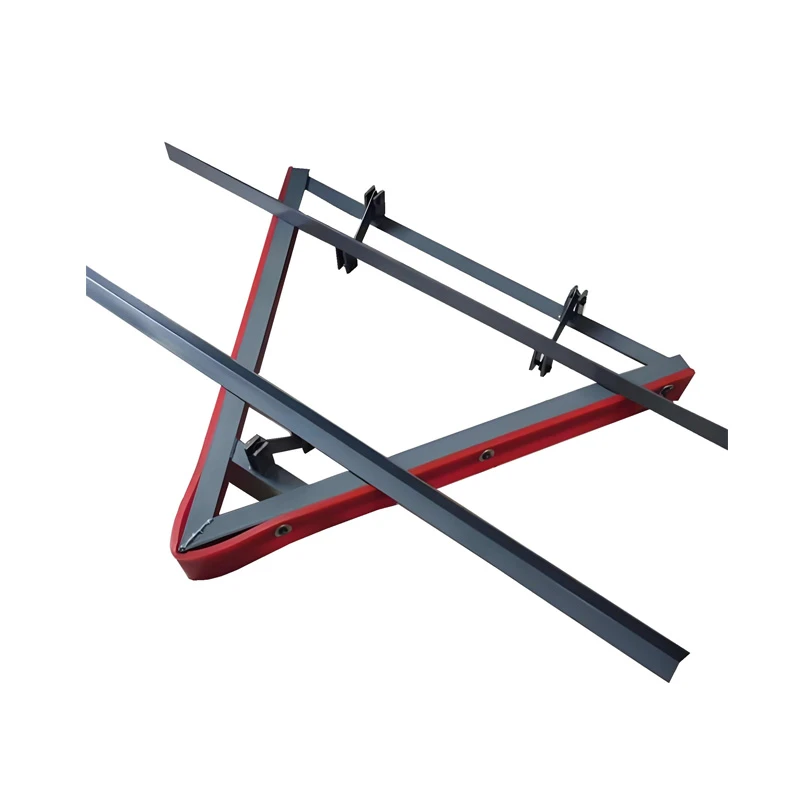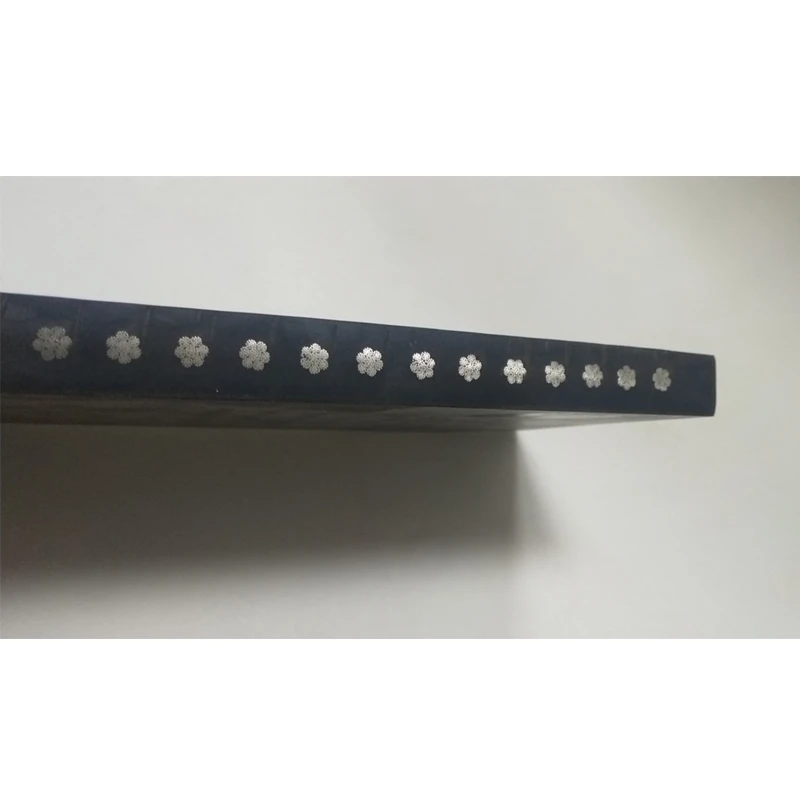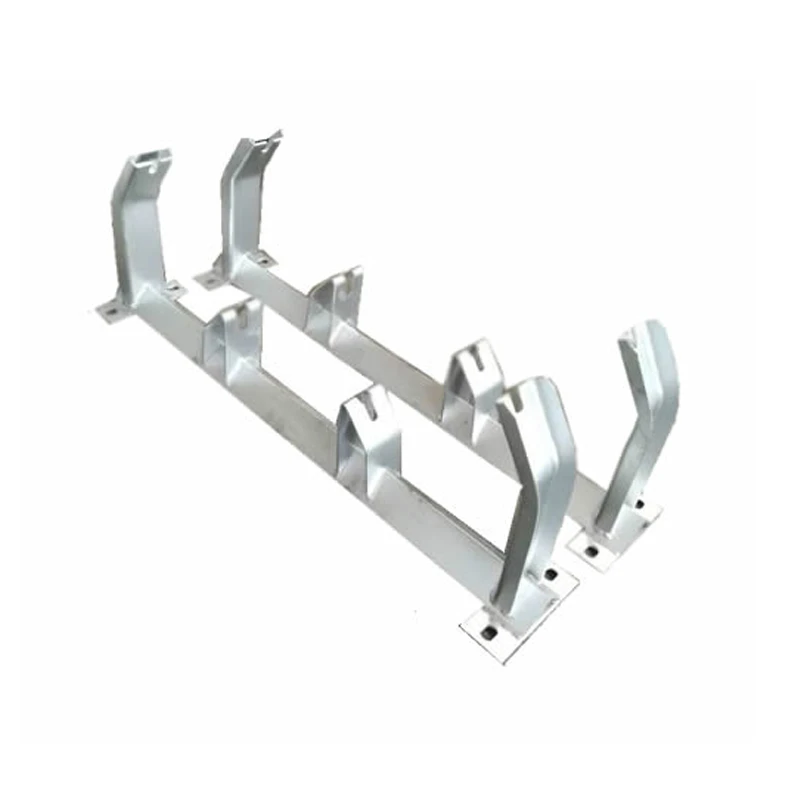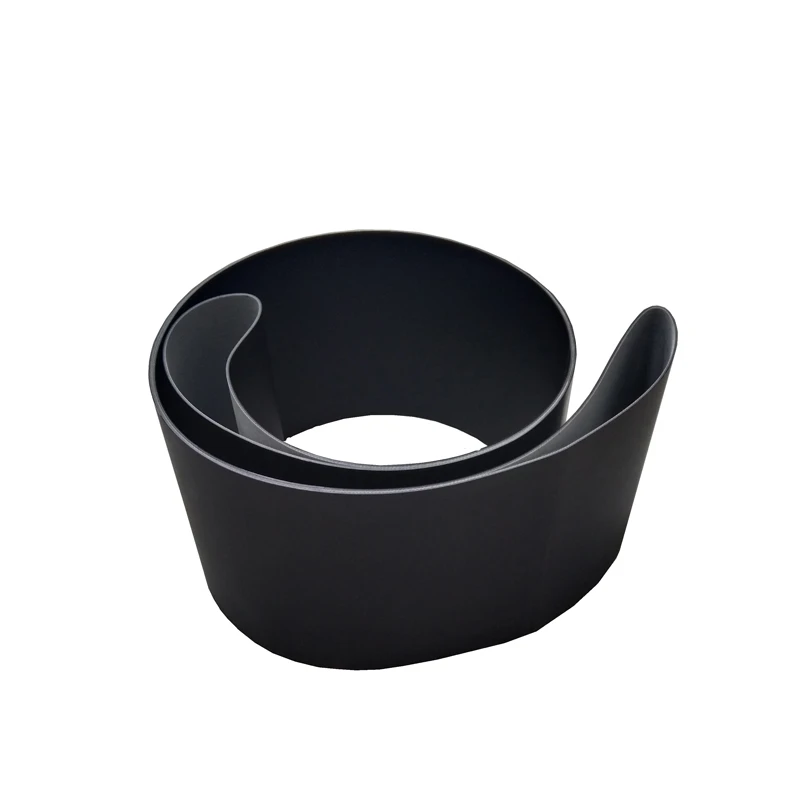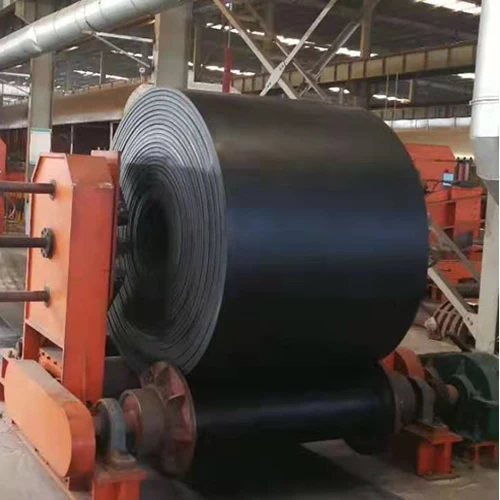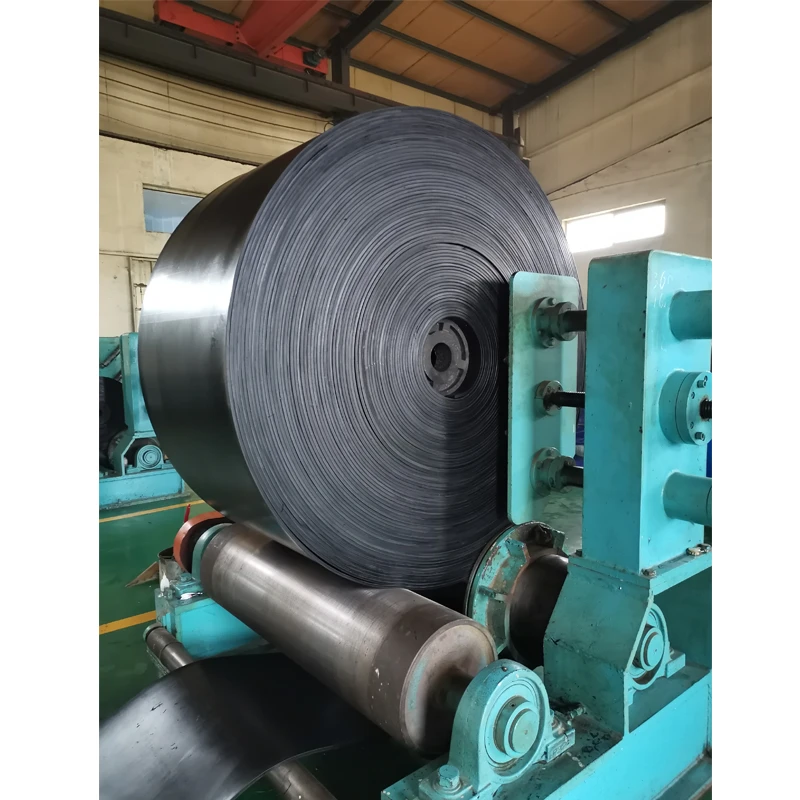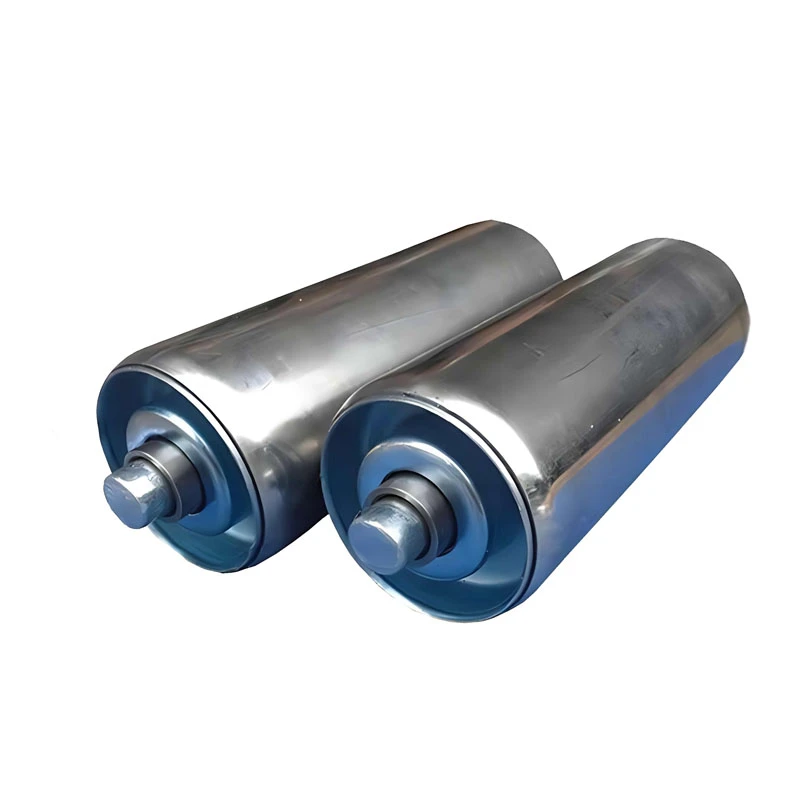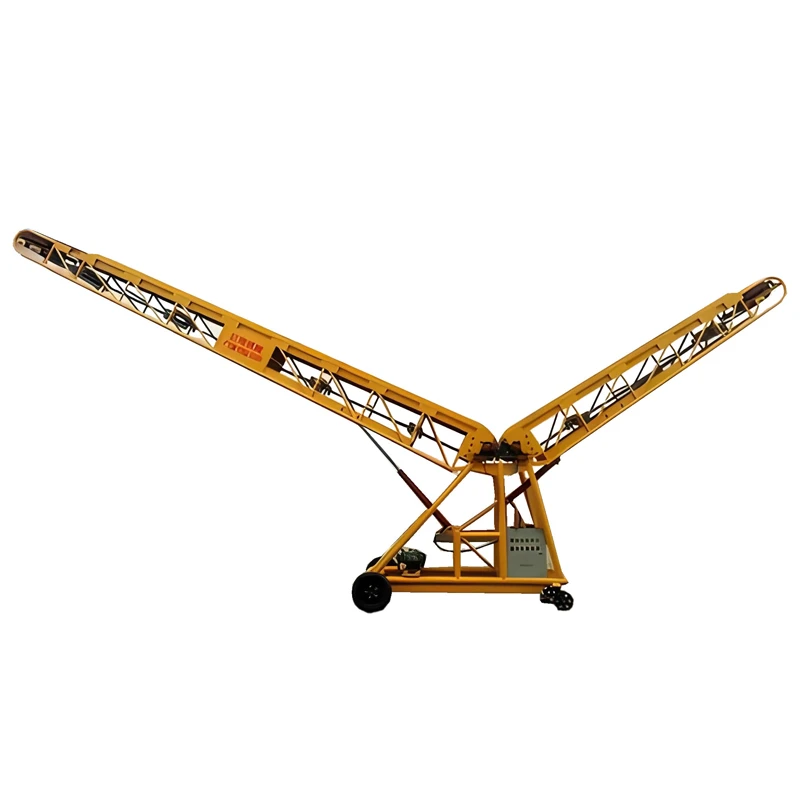- Introduction to conveyor motor gearbox
and its critical role in industrial automation - Technical advancements shaping the future of motor and gearbox selection for conveyor systems
- Comparative analysis of leading manufacturers in the conveyor motor and gearbox sector
- Custom configuration strategies for conveyor belt motor and gearbox units
- Real-world application cases demonstrating efficiency improvements
- Key selection criteria and data-driven performance insights
- Conclusion: The evolving landscape of conveyor motor gearbox integration
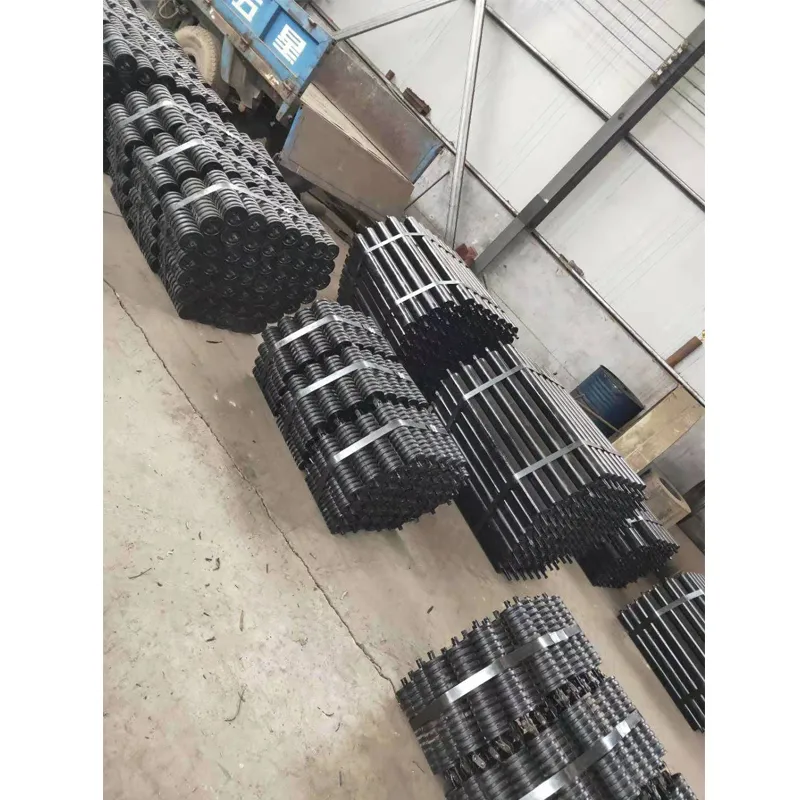
(conveyor motor gearbox)
Introduction: The Vital Role of Conveyor Motor Gearbox
Within the intricate world of automated material handling, the conveyor motor gearbox represents a crucial component that ensures seamless power transmission and control. As industries move towards embracing automation and high-speed production, the reliable operation of conveyor systems directly impacts productivity and consistency. The synergy between the motor and gearbox not only dictates the system’s efficiency but also its adaptability and energy consumption. Modern factories, from automotive assembly lines to food processing plants, increasingly prioritize advanced conveyor motor and gearbox units for their capacity to offer precise torque management, speed modulation, and extended service intervals. Reports show that conveyors equipped with optimized gearbox-motor pairings can reduce energy consumption by up to 25% while simultaneously increasing load carrying capacities by 30% compared to legacy systems.
Technical Advancements in Motor and Gearbox Selection for Conveyors
The evolution of motor and gearbox technology in conveyor systems is profoundly shaped by the drive towards higher efficiency, customization, and digital integration. Variable frequency drives (VFDs) are now routinely paired with motor and gearbox assemblies, enabling dynamic speed control and enhanced torque delivery. Additionally, gearboxes employing helical, bevel-helical, or planetary gear sets cater to a range of torque and speed requirements, supporting both light and heavy-duty conveying tasks.
Material science advancements have introduced high-strength, lightweight alloys for gears, and improved cooling mechanisms extend the service life of motors under continuous operation. Smart sensors within these assemblies provide real-time data on vibration, temperature, and load, enabling predictive maintenance and minimizing downtime. It is estimated that smart conveyor gearboxes can decrease unplanned maintenance events by 40%, translating into substantial cost savings over the equipment’s lifecycle.
Manufacturer Comparison: Industry Leaders in Conveyor Motor and Gearbox Systems
Selecting the right manufacturer for conveyor belt motor and gearbox units is vital for performance and reliability. Below is a comparative table outlining key features of three renowned industry leaders based on 2023 customer surveys and technical benchmarks:
| Manufacturer | Efficiency (Peak %) | Rated Load (Tons) | Integrated VFD Support | Smart Monitoring | Warranty (Years) | Industry Focus |
|---|---|---|---|---|---|---|
| SEW-Eurodrive | 97 | 25 | Yes | Advanced IoT | 3 | Manufacturing, Logistics |
| Siemens | 96 | 22 | Yes | Predictive | 2 | Automotive, Food |
| Bosch Rexroth | 95 | 20 | Optional | Remote Diagnostics | 2 | Packaging, Pharma |
These comparative metrics highlight the strengths in efficiency, load capacity, and intelligent monitoring across the market’s leading providers. For businesses prioritizing data-driven maintenance and energy efficiency, SEW-Eurodrive and Siemens provide advanced monitoring features, while Bosch Rexroth offers strong remote diagnostics for distributed operations.
Customizing Conveyor Motor and Gearbox Assemblies
No single conveyor solution addresses the wide array of operational requirements found in today’s industries. Tailored configurations in motor and gearbox selection for conveyor systems optimize both performance and cost-effectiveness. Key customizable parameters include gear reduction ratio, mounting configuration, thermal ratings, and ingress protection. For environments exposed to harsh chemicals or frequent washdown cycles, stainless steel enclosed gearboxes with high IP ratings are often employed. Meanwhile, high-throughput electrical motors are matched with precision gear regulators to support intricate conveyor paths, such as those found in high-speed packaging or electronics assembly lines.
The use of modular designs not only simplifies integration but also accelerates repair and upgrades. With the integration of customer-specific torque curves and operational mapping, system integrators can achieve operational efficiencies of up to 98%. Custom-built gearboxes, tested for noise and vibration under load, contribute to quieter, more reliable workspaces as required, for example, in pharmaceutical handling or cleanroom environments.
Application Cases: Enhanced Productivity through Conveyor Belt Motor and Gearbox Innovations
Deploying engineered conveyor motor and gearbox solutions has yielded measurable gains across various sectors. For instance, a leading beverage bottling facility retrofitted its legacy conveyors with high-efficiency planetary gearboxes powered by brushless DC motors.
The result was a 20% increase in bottling line speeds and a 35% reduction in power consumption over a single fiscal year. Another case in the mining industry utilized ruggedized, torque-heavy helical gear motors in abrasive conditions, boosting ore transfer capacity by 40% while halving system downtime due to mechanical failure.
Technology-enabled monitoring further reduced emergency maintenance by up to 50%. These examples underscore how proper motor and gearbox selection for conveyor-driven applications can fundamentally transform operational throughput and return on investment.
Selection Criteria and Performance Insights
Successful conveyor motor and gearbox integration hinges on discerning the precise operational requirements. Selection criteria encompass power rating, torque specification, duty cycle, ambient environment, space constraints, and compliance factors. When analyzing alternatives, it’s necessary to consider both initial capital expenditure and ongoing operational costs.
An in-house study of 24 manufacturing plants worldwide observed that facilities with rigorously matched conveyor belt motor and gearbox pairings reported 18% higher overall equipment effectiveness (OEE) compared to non-optimized setups. Coordinating gear ratio and motor characteristics in accordance with variable loads not only avoids over-engineering but also streamlines start-up times and noise levels, critical for high-volume automated production lines.
Regulatory aspects such as IEC and NEMA compliance ensure global compatibility and safety assurance. Notably, data trends from the European conveyor market project an annual growth of blended motor-gearbox units by 6.8% through 2028, spearheaded by e-commerce and logistics sector expansions.
Conclusion: Future Trends in Conveyor Motor Gearbox Integration
The accelerating advances in conveyor motor gearbox technology are driving a paradigm shift within global material handling industries. With demands for higher efficiency, digital connectivity, and modular flexibility, tomorrow’s solutions will offer even more robust integration between intelligent drives and adaptive gearbox design. As energy conservation and equipment uptime become non-negotiable benchmarks, strategic investments in advanced motor and gearbox systems for conveyor applications will define future-ready production landscapes, cementing their status as the backbone of industrial automation.
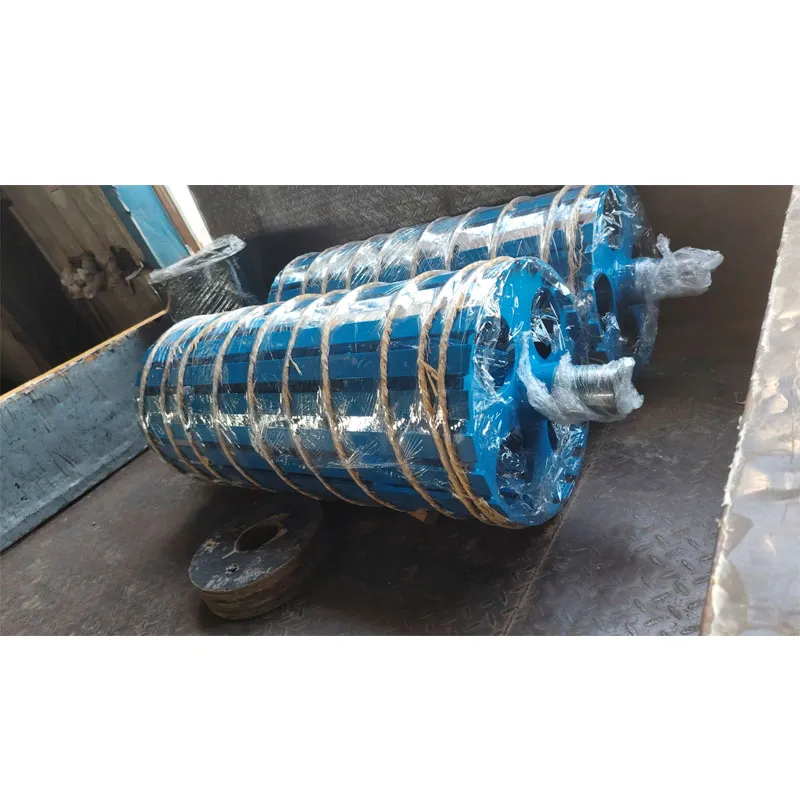
(conveyor motor gearbox)

